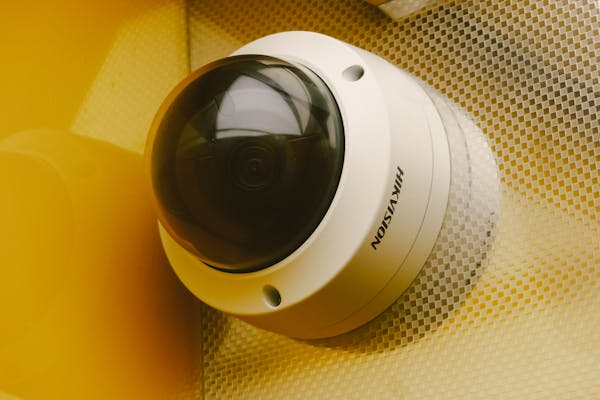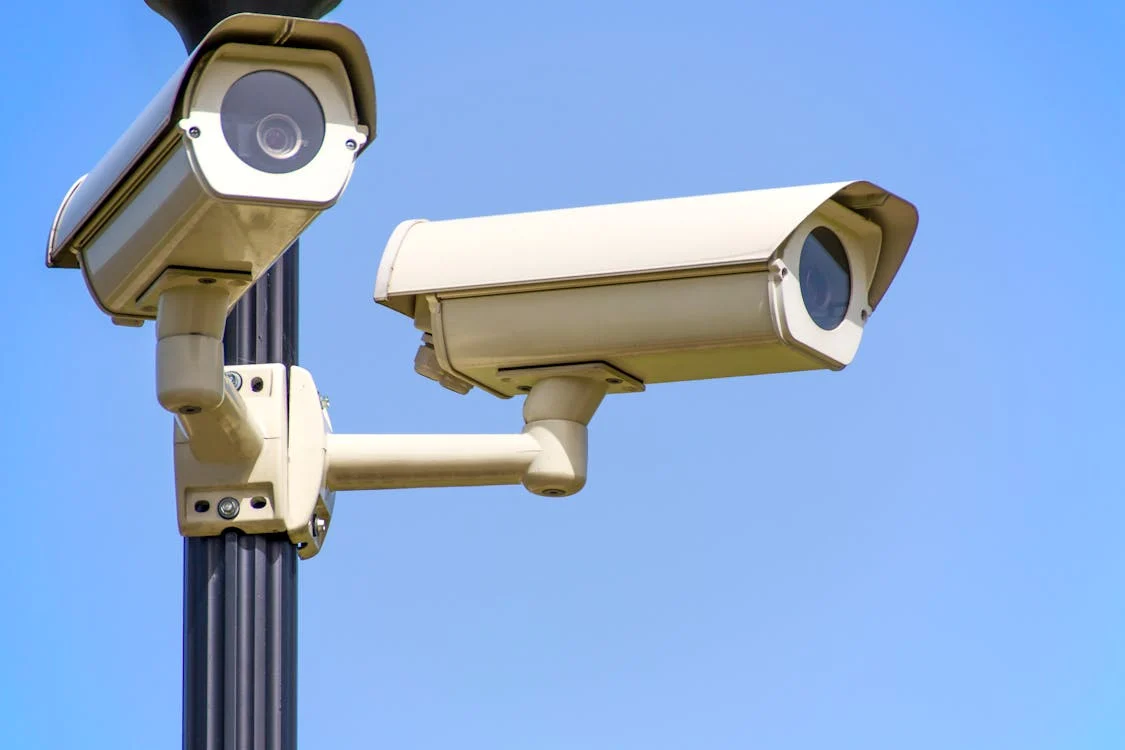Introduction
A security camera system consists of a network of cameras and related components designed to monitor and record activities in a specific area. These systems provide real-time surveillance and playback capabilities, allowing users to keep an eye on their property, deter potential intruders, and gather evidence in the event of a crime.
Types of Security Camera Systems
Analog Security Camera Systems
Analog security camera systems are the traditional type of surveillance systems that transmit video signals via coaxial cables to a Digital Video Recorder (DVR).
Digital Security Camera Systems
Video data is transmitted across a network by digital security camera systems, commonly referred to as Internet Protocol (IP) systems.
Wireless Security Camera Systems
Wireless security camera systems use Wi-Fi or other wireless technologies to transmit video signals. These systems are easier to install and offer greater flexibility in terms of camera placement.
Wired Security Camera Systems
Wired security camera systems use physical cables to connect cameras to the recording device and power source
Key Components of a Security Camera System
Cameras
Cameras are the most visible component of a security camera system. They come in various types, including dome cameras, bullet cameras, and PTZ (pan-tilt-zoom) cameras, each suited for different surveillance needs and environments.
Monitors
Monitors are used to view live and recorded footage from the security cameras. They can range from dedicated surveillance monitors to standard computer screens or mobile devices.
Cables and Connectors
Cables and connectors are necessary for wired systems to transmit video signals and power. The most common types include coaxial cables for analog systems and Ethernet cables for digital systems.
Power Supply
The power supply is crucial for ensuring that all components of the security camera system operate smoothly. This can include individual power adapters for each camera or centralized power distribution units.
Features of Modern Security Camera Systems

Night Vision
Security cameras with night vision capabilities can record sharp video in dimly lit areas or in total darkness.To do this, infrared (IR) LED lighting is applied to the monitored area.
Motion Detection
Motion detection technology allows security cameras to detect and record movement within their field of view. This feature helps save storage space and makes it easier to review footage by focusing on significant events.
Remote Viewing
Many modern security camera systems offer remote viewing capabilities, allowing users to access live and recorded footage from anywhere using a smartphone, tablet, or computer.
Cloud Storage
This provides an additional layer of security and makes it easier to access and share footage.
Applications of Security Camera Systems
Residential Security
Security camera systems are commonly used in residential settings to monitor entrances, driveways, backyards, and other vulnerable areas. They help deter burglars and provide homeowners with peace of mind.
Commercial Security
In commercial environments, security camera systems are used to protect assets, monitor employee activity, and ensure customer safety. Retail stores, offices, and warehouses are typical examples of commercial applications.
Public Places and Government Buildings
Security camera systems are widely deployed in public places and government buildings to enhance security, monitor public behavior, and prevent criminal activities.
Schools and Educational Institutions
Educational institutions use security camera systems to safeguard students and staff, monitor campus activities, and prevent vandalism and other incidents.
Benefits of Security Camera Systems
Crime Deterrence
The mere presence of security cameras can deter potential criminals from attempting illegal activities.
Evidence Collection
Security camera systems provide valuable evidence in the event of a crime. High-quality video footage can help identify suspects, reconstruct events, and support law enforcement investigations.
Remote Monitoring
Remote monitoring allows users to keep an eye on their property from anywhere in the world.
Peace of Mind
Knowing that a security camera system is in place provides peace of mind to property owners.
Cost-Effectiveness
“Although the initial investment in a security camera system can be significant, the long-term benefits often outweigh the costs.”These systems can prevent costly incidents and reduce the need for additional security personnel.
Challenges and Limitations of Security Camera Systems

Privacy Concerns
One of the primary challenges associated with security camera systems is the potential invasion of privacy. It’s essential to strike a balance between security needs and respecting individuals’ privacy rights.
Installation Complexities
It often requires professional installation to ensure proper setup and optimal performance.

